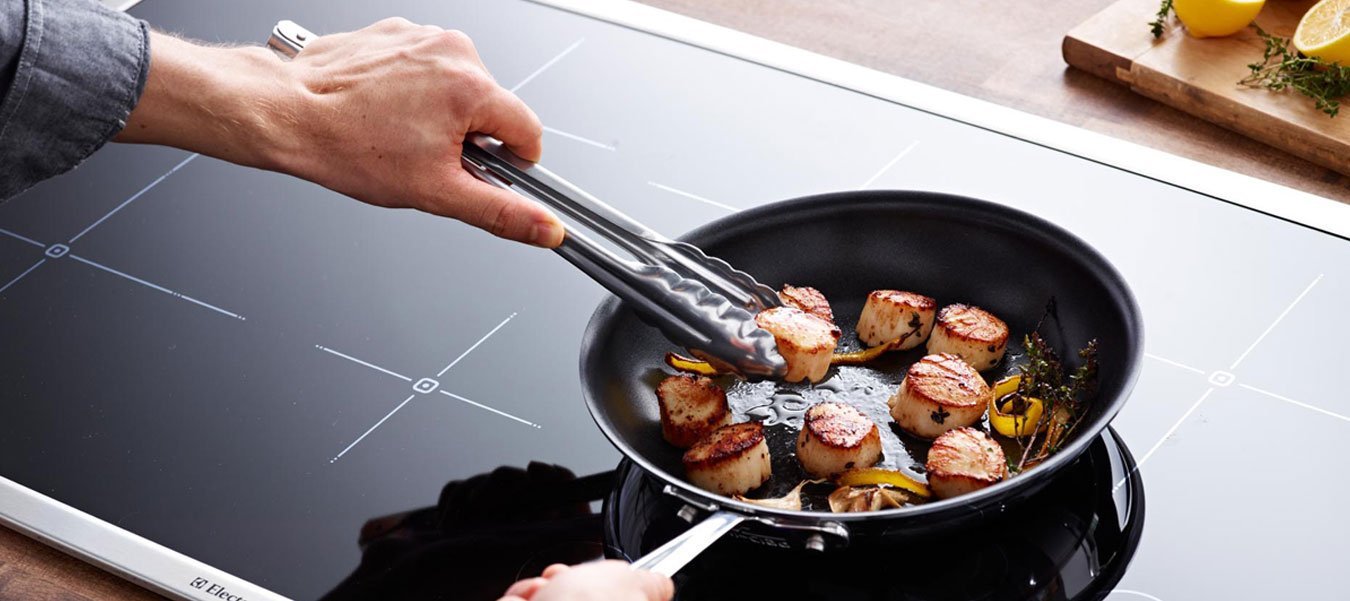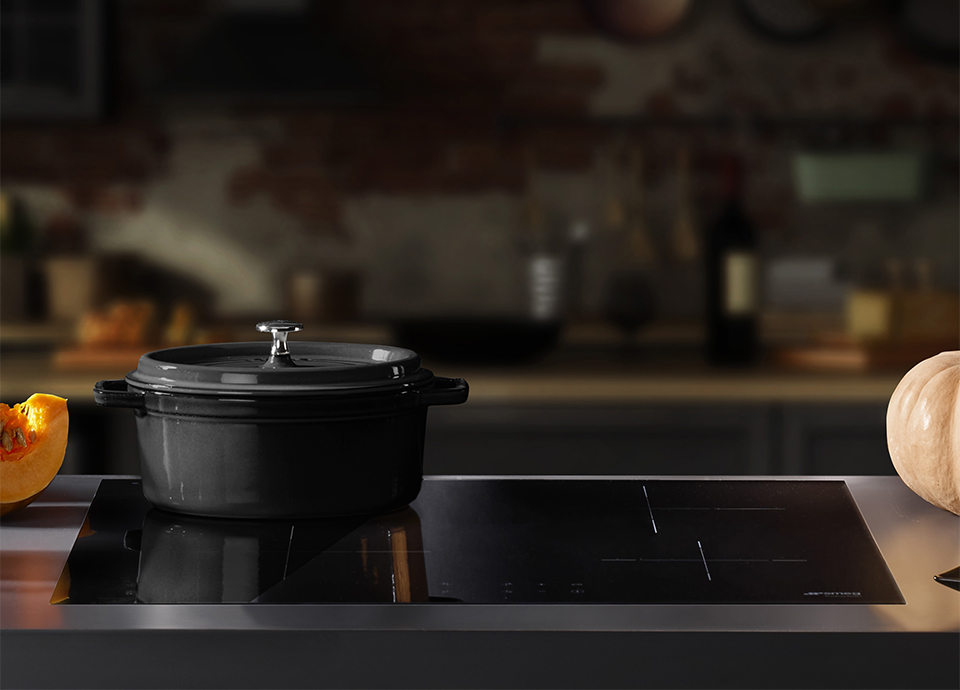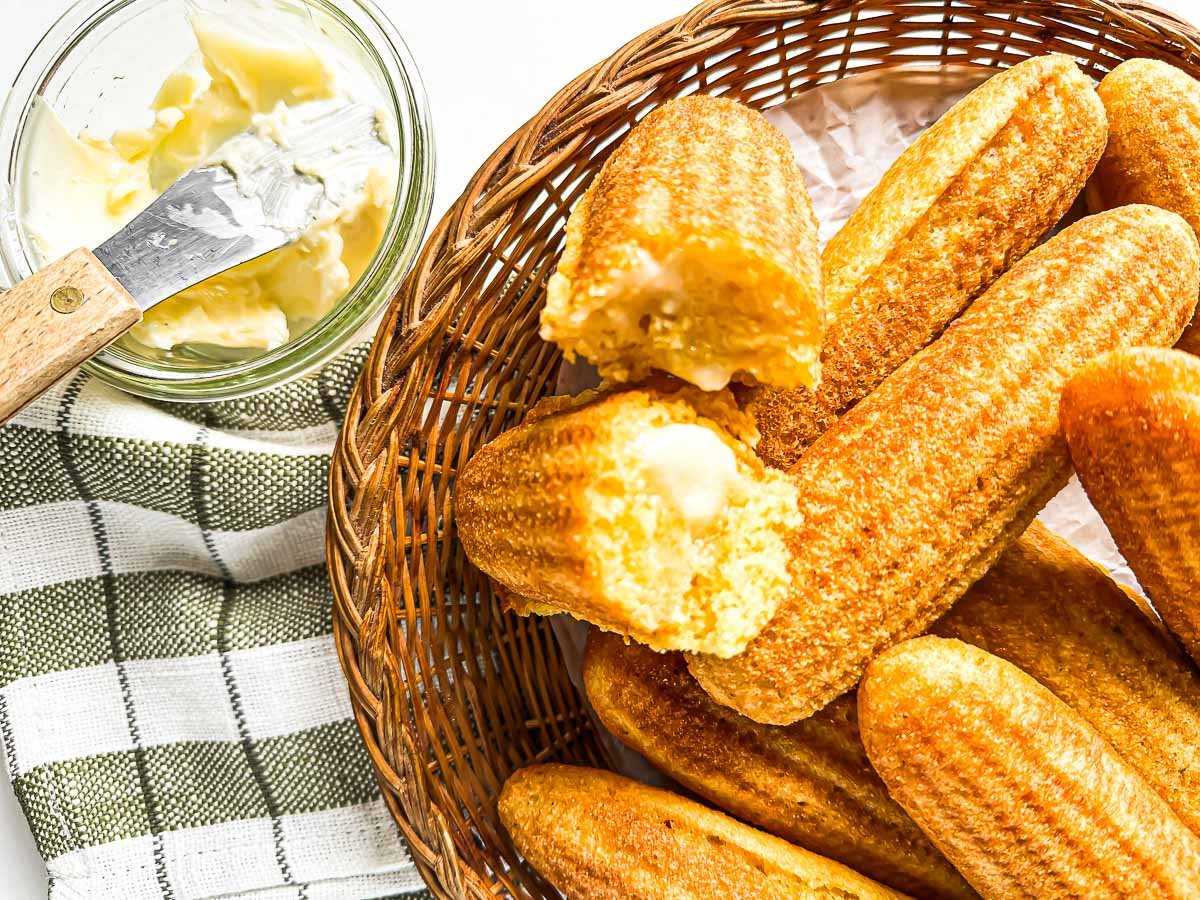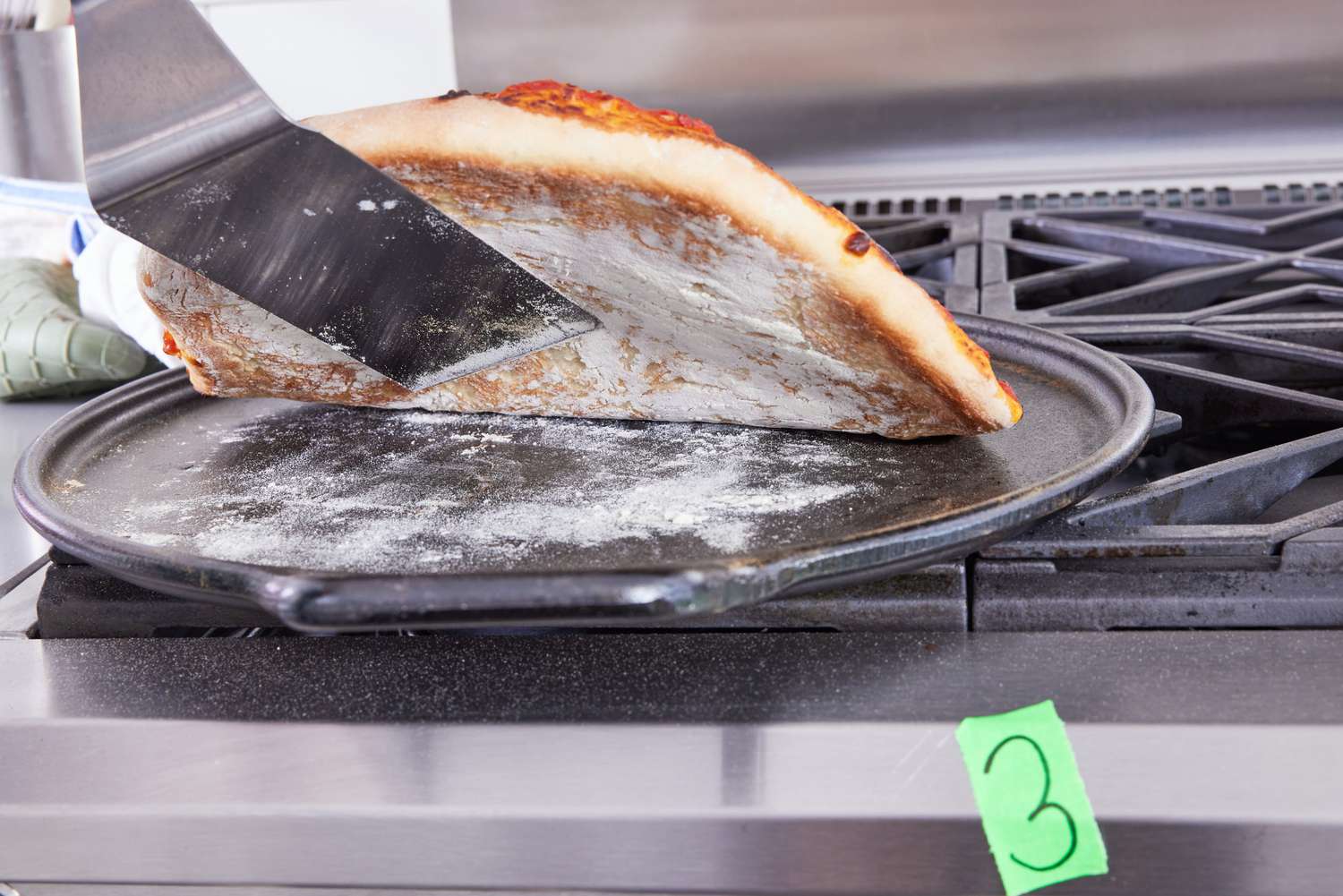The Science Behind Heat Retention of Cast Iron on Induction
In the culinary world, the effectiveness of cooking tools plays a pivotal role in the quality of the dishes produced. Among these tools, cast iron cookware stands out for its remarkable heat retention capabilities, especially when used on induction cooktops. Understanding the heat retention of cast iron on induction is crucial for kitchen professionals who strive to maximize their cooking efficiency and produce consistently excellent results.
Induction cooking has gained popularity due to its energy efficiency and precise temperature control. However, the question remains: how does the heat retention of cast iron on induction work in practice? This article delves into the intricate relationship between cast iron and induction cooking, exploring the benefits and challenges faced by culinary experts.

Why Cast Iron Retains Heat So Well
One of the primary reasons cast iron is favored in professional kitchens is due to its exceptional ability to retain heat. The dense molecular structure of cast iron allows it to absorb and hold heat for extended periods. This quality is particularly beneficial when using induction cooktops, which rely on electromagnetic fields to heat the cookware directly.
Unlike traditional gas or electric stovetops, induction cooktops do not heat the air around the pan. Instead, they create a magnetic field that induces electrical currents within the cookware, generating heat. The synergy between the induction cooktop and cast iron results in rapid heating and sustained heat retention, making it ideal for a variety of cooking techniques.
The Perfect Match: Cast Iron and Induction
Professional chefs often choose cast iron for induction cooking due to its compatibility and performance. The flat, heavy base of cast iron pans ensures a strong connection with the induction cooktop, maximizing the efficiency of the electromagnetic field. This leads to faster heating times and consistent temperature maintenance throughout the cooking process.
Moreover, the ability of cast iron to maintain a steady temperature is invaluable for tasks such as searing meats, simmering sauces, or baking dishes. The even distribution of heat prevents hot spots and allows chefs to achieve precise cooking results with minimal effort.
Benefits of Heat Retention in Cast Iron
The benefits of heat retention in cast iron extend beyond just convenience. For professional kitchens, where time and consistency are of the essence, these advantages are particularly significant. The consistent heat distribution reduces the need for constant temperature adjustments, allowing chefs to focus on other aspects of meal preparation.
Additionally, the extended heat retention ensures that dishes remain warm for longer periods, a critical factor in maintaining food quality during service. This is especially important for dishes that require precise serving temperatures, such as sauces or delicate proteins.
Challenges and Considerations
Despite its many advantages, there are challenges associated with using cast iron on induction cooktops. One common issue is the weight of cast iron cookware, which can be cumbersome and difficult to handle, especially in high-paced kitchen environments. Care must be taken to avoid damage to the cooktop surface due to the weight and potential for scratches.
Another consideration is the need for proper maintenance to ensure the longevity of cast iron pans. Regular seasoning and careful cleaning are essential to prevent rust and maintain the non-stick properties of the cookware. It is also important to note that not all cast iron pans are compatible with induction cooktops, so chefs must verify compatibility before use.

Practical Tips for Kitchen Professionals
To maximize the benefits of heat retention of cast iron on induction, kitchen professionals can employ several practical strategies. First, preheating the cast iron pan on a low induction setting can help achieve an even temperature before adding ingredients. This technique ensures that the entire surface of the pan is heated uniformly, preventing uneven cooking.
Additionally, using a lid during cooking can further enhance heat retention and reduce cooking times. The lid traps heat and moisture, creating a controlled environment that is ideal for slow-cooking dishes or braises. For more tips on optimizing cooking techniques, check out this guide.
Exploring Further Resources
For culinary professionals seeking to deepen their understanding of cast iron and induction cooking, numerous resources are available. Websites such as HowStuffWorks provide detailed explanations of the science behind induction cooktops, while Consumer Reports offer insights into the pros and cons of different cooking technologies.
FAQs
What makes cast iron suitable for induction cooking?
Cast iron's dense structure and magnetic properties make it an excellent choice for induction cooking. It quickly absorbs and retains heat, ensuring consistent cooking results.
Does cast iron scratch induction cooktops?
While cast iron is heavy and can potentially scratch the surface of induction cooktops, using a protective mat or being cautious when moving the cookware can prevent damage.
Can all cast iron cookware be used on induction cooktops?
Not all cast iron cookware is compatible with induction cooktops. It's essential to check for an induction-compatible label or test the cookware with a magnet to ensure it works with the cooktop.






Leave a comment
This site is protected by hCaptcha and the hCaptcha Privacy Policy and Terms of Service apply.